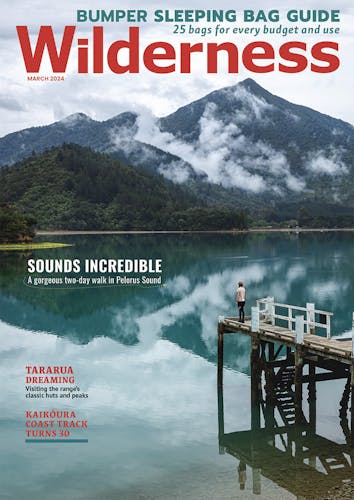Cambridge personal trainer Caroline Webber found herself at a stage of life where she dreaded multi-day hikes and lacked enthusiasm and motivation for one of her favourite hobbies. It took her two years to realise that she was perimenopausal.
“My love of hiking went out the window. My recovery after hikes was slow, painful and exhausting. I lost all interest in getting up early and catching a sunrise. I’d seen sunrises before, why see any more? My anxiety about logistics became overwhelming. My fear of my body not coping got the better of me. The thought of doing a two- or three-week hiking holiday filled me with dread. I’d rather stay at home.”
“Perimenopause and menopause aren’t optional,” says Webber. “How we handle it is.”
Webber started to read and research the topic, and wāhine in the tramping community responded with enthusiasm.
“Tramping is a major part of many New Zealanders’ lives. Menopause will affect a huge percentage of the tramping community, with the knock-on effect then affecting their love for the outdoors.”
Webber says life changes with menopause, but that doesn’t mean activities have to stop.
“This chapter of our lives requires extra: extra time on tramps. Extra support from friends and family. Extra food to fuel bodies. Extra hormonal help if chosen. Extra rest and recovery after tramping. Extra understanding from loved ones.”








